Allegory in Stone: A Short Study of the Shakespeare Monument
It is always refreshing to come across a theory which attempts to tie together number of varying threads. Sadly, like movie critics, the number of those who naysay such attempts without providing any meaningful alternatives are far more common than those who attempt to set new ideas before us. Such a novel theory is the premise of this book, and the author doesn’t shy away from tackling one of the most famous and beloved of English characters: William Shakespeare!
Now, I do need to state at the outset that the author, M. R. Osborne, assumes a certain familiarity with Shakespeare Reinvented by Keith Browning, a book written to promote the “Francis Bacon was the true author of Shakespeare’s Plays” movement. The book can certainly be read without reference to Shakespeare Reinvented, but it doesn’t do any harm to read this as well. Unfortunately, the book is no longer available at amazon.com. However, I found it freely available at: shakespearereinvented.wordpress.com. You’re welcome.
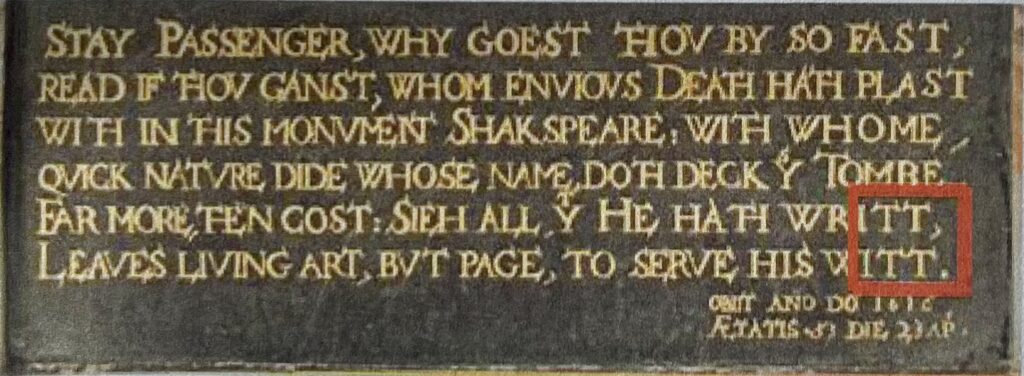
While not discrediting Browning’s observation, Osborne does question many of his conclusions. As a result he reinterprets the monument to Shakespeare found in Holy Trinity Church, Stratford-upon-Avon. His interest in such a project derives from his claim that he is a distant relative to the bard, being his ‘first cousin thirteen times removed’.
To Osborne, the monument is not simply a mortal tribute to an author of global import: it is also an encoded message which alludes to his membership in an early form of Freemasonry, as well as to the Kabbalistic, Hermetic and Rosicrucian influences on his life, his writings and his beliefs. In his short book he examines the monument through each of these lenses, carefully explaining the reasons for his conclusions.
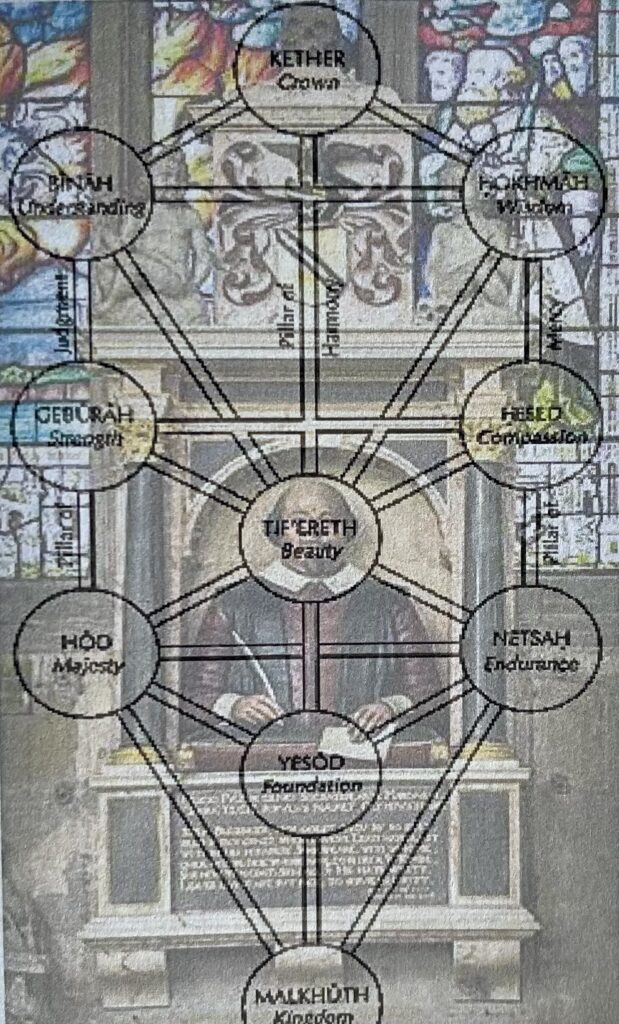
This book is not for the beginner in these fields. Indeed, the author presupposes a relatively high level of existing knowledge of these topics in order to extract the gems buried in the text. Some, such as the juxtaposition of sword and trowel will elicit almost universal nods; others, such as the focus on the fundamental numbers 23 and its mirror, 32 (being derived from 2 and 3), as being connected to such diverse things as chromosomes, biorhythms, permanent teeth and the tilt of the earth’s axis, will have you thinking. However, I must admit some the references – such as to Cain’s “evil sisters” – had me hoping for more citations! The sheer breadth of analysis of the monument is impressive. The proposal that Shakespeare was influenced by Masonic, Kabbalistic and Spiritual Alchemical themes, in the sense that the underlying symbols and teachings of these organization are universal and buried deep in man’s psyche, and it matters little whether the man was directly involved in these Orders or received these currents from as more hidden source, is worthy of consideration.
It also cannot be denied that the analysis is written from a Rosicrucian and Martinist point of view, which this author freely admits. This book will therefore be of particular interest to those interested in these subjects, since some of the conclusions drawn can only add to our understanding of some of the profound symbols in these paths. To a Mason, the position of the monument in the North East corner of the church will be familiar as the place where the newly-created Entered Apprentice is seated, still between the darkness of the North and the Light of the East, in that place where he will have to decide whether his journey will continue towards the Orient, or whether he will fall back into the shadows from which he has just voluntarily stepped. Consider this passage by the author:
“Humanity, despite Adam’s fall, has always had the same work to fulfill and for which it was destined by God. It must work for its reconciliation. In the Secret Tradition this is the only means of re-establishing balance to our true quaternary nature (that is, our physical body, etheric form, mind and spirit), so as to take back from the fallen angels the authority reserved to us. In esoteric Freemasonry, the geographic direction of the South symbolizes the mind of man; the North is man’s vitality; the West his body; and in the East his spirit (that which connects him with God). Thus, the opposites of the South and North highlight that man is weakest in the mind where the godless spirits are relegated; whereas his vitalism (that which gives life to the body, the temple of the spirit) must be inhabited by the good spirits responsible for containing them. In the Bible, Cain is banished to the South with his sisters…”
It is always interesting to read a fresh interpretation of familiar teachings. Whether one agrees with them or not, by having this internal debate one can clarify one’s own position on what the mysteries mean to us as individuals. I invite you to accept that challenge!
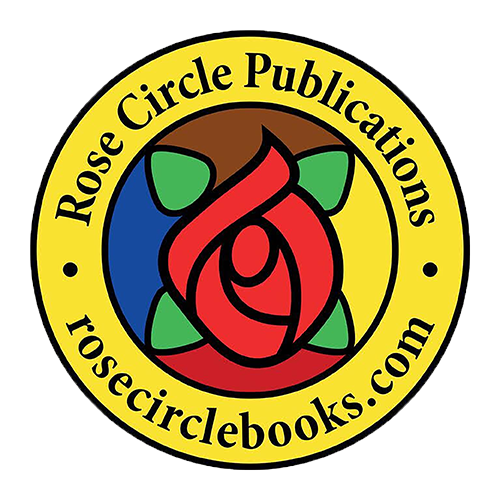
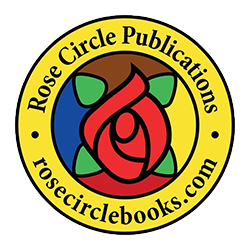
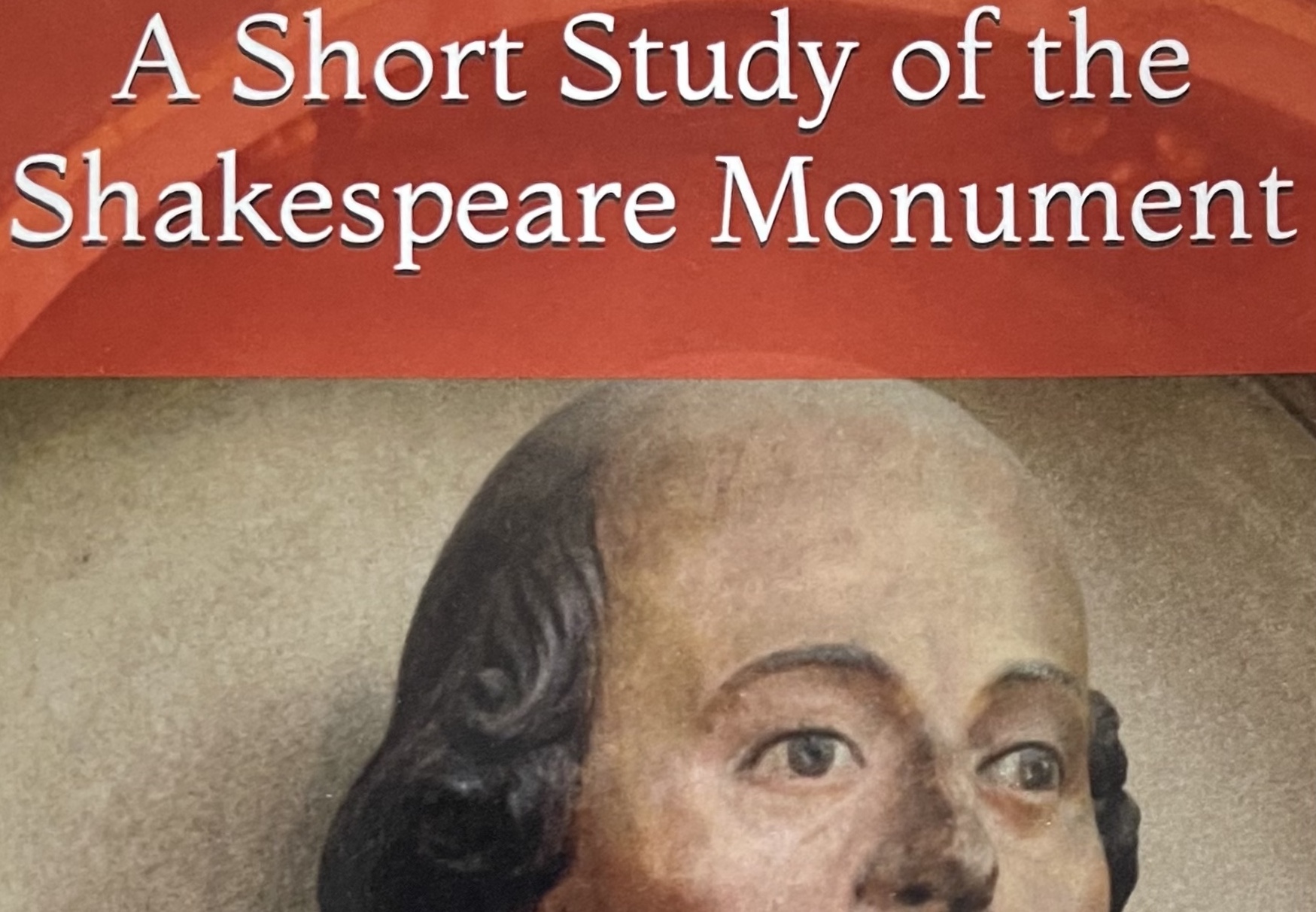
No Comments